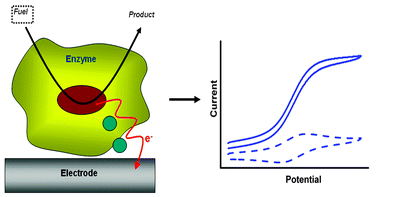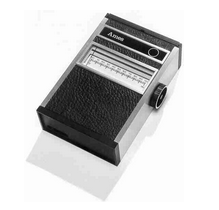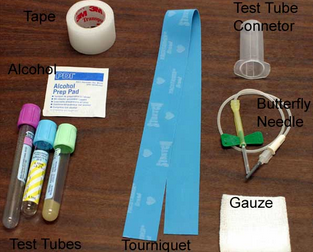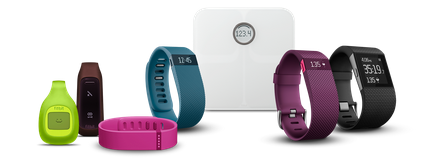

HEALTH TECHNOLOGY
PAST TECHNOLOGY
First Glucose Enzyme Electrode

The First Glucose Enzyme Electrode was invented by Leland Clark and Champ Lyons in 1962. It was a simple machine that relied on a thin layer of glucose oxidase enzyme on an electrode, rather than oxygen, to oxidize glucose. Glucose oxidaze catalyzes the oxidation of glucose by decreasing the activation energy for the extraction of enzymes from glucose. Once the glucose oxidase on the electrode oxidizes the glucose, an electrical current in proportion to the glucose concentration would get sent through the electrode. Therefore, based on the electric current passed through the electrode, it was made possible for people to identify glucose levels in the blood.
Ames Reflectance Meter

On September 14, 1971, a man by the name of Anton Hubert (Tom) Clemens made his mark on the history of blood testers by inventing the Ames Reflectance Meter. His invention had functioned by reading a pre-existing type of test strip, Dextrostix.
Non-Meter Test Strips

The Non-Meter Test Strips was the biggest breakthrough in blood testing history, and it was widely used since the 1980s. By changing colors, it could give an approximate measure of the glucose levels in a person's blood. However, it did not use any meters, so it wasn't very precise.
PRESENT TECHNOLOGY
Venipuncture

The venipunture gets a blood sample from your veins so that it can be tested for the status of your health. All you have to do is penetrate the skin in one swift motion and the blood will flow into an evacuated tube.
Blood Glucose Meter

The Blood Glucose Meter is another modern device. It is similar to the Non-Meter Test Strips because it reads glucose meters by using an enzyme (using oxidase or hexokinase), which leads to a reaction that causes a change in color of a strip. However, the Blood Glucose Meter is more efficient than the Non-Meter Test Strips because it translates to a specific number in mg/dl instead of giving an approximate value.
Glucowatch

Another piece of technology that is a helpful health device is the Glucowatch, which was approved in April 2002. As its name suggests, this device monitors the levels of glucose in your blood. However, the thing that makes this device so amazing is that it can do this without taking any blood samples. Basically, the batteries create an electric current that puls fluid through the skin and into the device where the glucose is measured. An alarm will go off if the glucose levels are too high or too low which is ver useful, but the problem is, every 12 hours, you have to replace the skin pad and calibrate the device.
FitBit

First presented in 2008, the FitBit has many functions and purposes, including an OLED (organic light-emitting diode), altimeter, 3D accelerometer system, and step counting function. The OLED part works by scrolling current activity data. Tracking how much elecation you gain or lose is done by the altimeter. Also, the 3D accelerometer system tracks your movement as well as calories burned by algorithms. If it sense little to no motion, then it will think that you are asleep. The step counting operation calculates distance through number of steps you take and your walking or running stride, which is determined by your height and gender. Not to mention, the FitBit is water resistant, so you can take it everywhere you go as long as it isn't submerged in water.
Basis Band

In 2013, the Basis Band, which has a photoplethysmograph, accelerometer, thermometer, and a Galvanic skin response sensor, was released. The photoplethysmograph uses LED lights to test the amount of blood in your system. The Basis Band is also equipped with two thermometers: one that measures your body temperature, and one that measures the surrounding temperature. These sensors are used to determine your metabolism. There is also the Galvanic skin response sensor which tests your level of exertion when exercising. Along with temperature and heart rate, sweat also conributes to the measurement. Skin is a good conductor of electricity, but wet skin is an even better conductor. Thus, the more you sweat, the more you are exerting yourself when exercising.